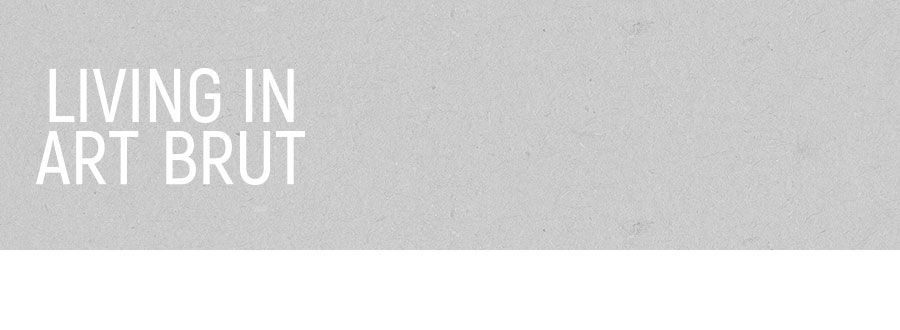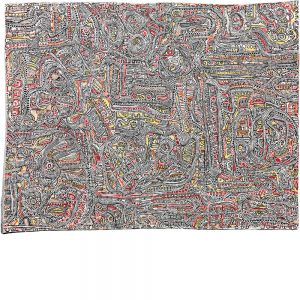Loïc Lucas
*1966, France
Loïc Lucas was born in Troyes, France. He travelled across France for many years as an itinerant labouror and tried to earn a living working at numerous jobs, including as an undertaker. Around 2006, he eventually became a postman in Valbonne, near Cannes. This stable employment promised him a secure income. Incomprehensible to his family and particularly his parents at the time, he soon gave up this job and has since devoted himself entirely to his art. He works side by side with his wife Stephanie Lucas and has always been very supportive of her journey as an artist.
Loïc Lucas has been drawing since he was a child. His artistic theme comprises the human body – either its organs, the inner mechanisms of living matter or the miracle of life in general. Loïc Lucas’ art derives from a strong inner drive that he finds hard to explain. He hears a distant sound that resonates in his world, sometimes in the form of inner frequencies that only he can hear. In any case, the content of his oeuvre keeps viewers from falling into the tempting trap of viewing it merely as decorative or ornamental. The enormously fine and dense works with their respective complex of manifold lines and pathways embroider the living. The title of his 2010 exhibition “Brodeur du vivant” (Embroidering the living) featured at Christian Berst’s gallery in Paris also alluded to this embroidery. Interpreted as embroidery, these works weave delicate threads extending from the living like a labyrinth. The result seems to resemble a new geography of the body with all its organs. This makes it both fascinating and disturbing to look at. Loïc Lucas, with his special thematic form and style, produces not only drawings with acrylic paints and sometimes black ink on paper, but also on wood, thereby transforming the latter into objects.
In 2010, his work was exhibited at the Art et marges musée in Brussels.
Roger Thompson published an extensive article on Loïc Lucas in Raw Vision, RV 89, in spring 2016. Works by Loïc Lucas can be found, for example, in the Treger and Saint Silvestre Collection, Portugal.
Selected works




